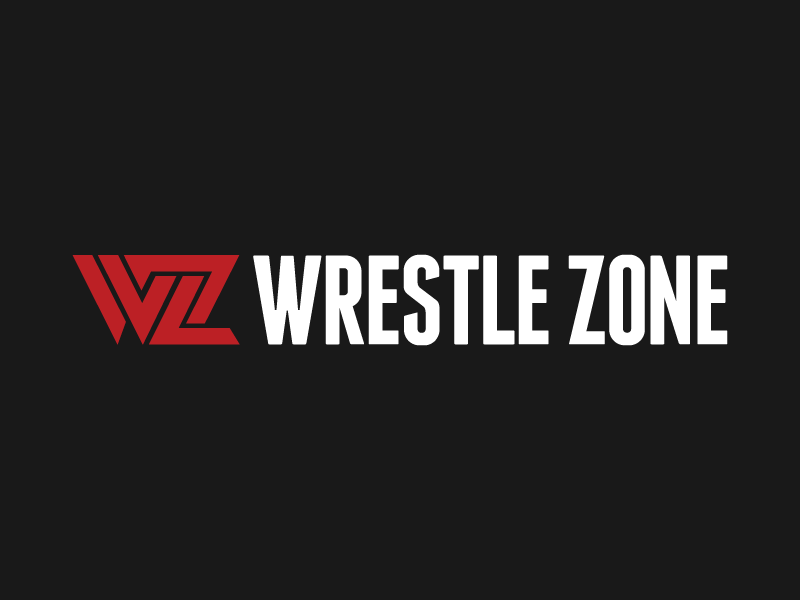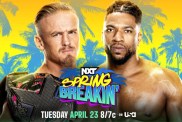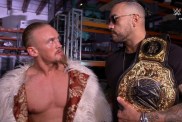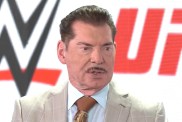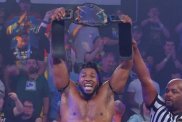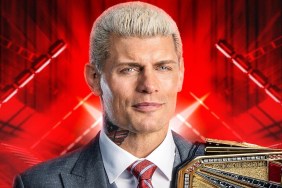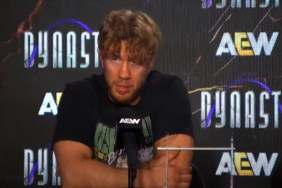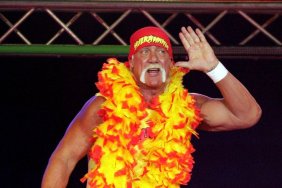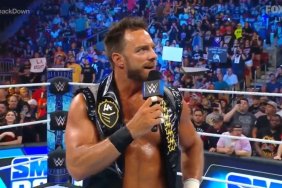More Than A Cog: The 5 QualitiesThat Defined The Rated-R Superstar
by David Craddock
During the build-up to Triple H and Undertaker’s No Holds Barred match at WrestleMania 27, ‘Taker coined a new nickname for himself: the Last Outlaw. The name was fitting. Since 1990, Undertaker has remained both relevant and dominant while countless others retired or faded into obscurity, unable to change and grow at the breakneck pace of the business. The same moniker could also rightfully be applied to Triple H, who has also survived and thrived through the most important epochs in pro-wrestling history.
Yes, Triple H and Undertaker have proven invaluable cogs in the wrestling machine, but there is one other who deserves equal recognition and respect for not only maintaining relevancy, but arguably paving more ground than Trips and ‘Taker combined. For every man and woman who joined the swelling ranks of professional wrestling fans during the Attitude boom of the late 90s, Adam "Edge" Copeland has been as permanent a fixture in the WWE as the Dead Man and the Cerebral Assassin. Whether posing for those with the benefit of flash photography, playing a starring role in innovative new match types, frolicking in live sex celebrations, or putting on memorable bouts with legends and up-and-comers alike, Edge has proven himself one of the most dynamic wrestlers to ever step foot in a WWE ring.
But I’ll miss Edge for more than just his versatility. In fact, I can count five reasons why Edge’s retirement leaves a void not only in this wrestling fan’s heart, but in the business itself. As it so happens, these five reasons also represent the qualities that made him one of the greatest of all time.
1) Adaptability. This quality cannot be driven home enough. So many wrestlers fail to feel the uncaring chill of the winds of change and adapt their characters and repertoires to stay relevant. No matter the WWE’s in-ring style restrictions or the types of characters they decided to push, Edge rose to the challenge, remaining on our television screens and in the good graces of WWE officials for the bulk of his celebrated run. Yet while he grew, he also intelligently retained key attributes of each of his personas, remaining an anchor for Attitude Era fans who suffered whiplash as so many familiar faces faded and new ones rose up.
2) Work Rate. Pitting two wrestlers with completely different styles against each other can be a toss-up. You’ll either get a brilliant fusion of night and day that results in an instant classic, or you’ll get oil on water. Edge was one of those rare workers who could lock up with anyone and put on an excellent match. Whether he was grappling with Kurt Angle, catching-as-catch-can with Shawn Michaels, jumping around with Rey Mysterio, rolling around in thumbtacks and fire with Mick Foley, diving from ladders and crashing through tables with the Hardyz and Dudleyz, or putting over new blood such as Dolph Ziggler and Alberto Del Rio, Edge could work any style, and work it well.
3) Experience. Like many wrestlers of his time, Edge was bit by the wrestling bug at an early age and decided to chase the dream. And like many wrestlers of his time, Edge chased that dream with penniless pockets over thousands of miles of dangerous roads, and through bingo halls and high school arenas packed with maybe a dozen spectators (on a good night). But he kept on chasing until he finally caught it, securing a WWE contract. He wasn’t done yet, though. There were more dues to pay, including a broken neck that put him on the bench for a year and eventually ended what should have been an even lengthier career.
The roads into the business have changed and, in many ways, are smoother than before. Edge was one of a dying breed who knew the true meaning of sacrifice toward the end of accomplishing a goal. Although his career ended far too soon, Edge’s story is a modern-day fairy tale, proof that dreams do come true. And the best part? Every time he performed, whether on Sunday Night Heat or the main event at WrestleMania, you could tell he appreciated every single minute of it.
4) Totality. How many wrestlers throughout history could both walk the walk and talk the talk? A tragic few. No matter how talented a wrestler you might be, you’ll never make it in the big leagues if you can’t grab the mic and work the crowd. Like the best of any generation, Edge was the total package, and was just as entertaining in the ring as he was on the stick.
5) SmackDown. I miss the real brand extension, the days when Superstars didn’t crossover to their rival show except for special occasions. The brand extension endowed each show with its own unique personality, with Raw focusing on entertainment and SmackDown highlighting wrestling. Me? I was a SmackDown man, favoring Thursday or Friday night’s who’s-who of technical greats, awesome tag teams, and exciting cruiserweights. Although he had a few runs on Raw, Edge was picked for SmackDown in the very first draft, and had been the blue-and-white’s heart and soul ever since. With Edge’s retirement, SmackDown has lost a crucial piece of its longevity.
Other Superstars will step up, of course. The business has been appropriately likened to a machine, and the Superstars merely the cogs within it. When one cog breaks down, the machine does not grind to a halt. Rather, the operator removes the cog and replaces it with another. But some cogs crank away long and hard enough to leave an indelible mark. One need only look at any given period of WWE history over the past 13 years to recognize that Edge, despite never commanding the mainstream attention of Rock, Austin, Triple H, or the Undertaker, was one of the very best.
David L. Craddock is a freelance writer–and a proud member of TEAM BRING IT–who resides in California. He can be reached at davidlcraddock82@gmail.com.
